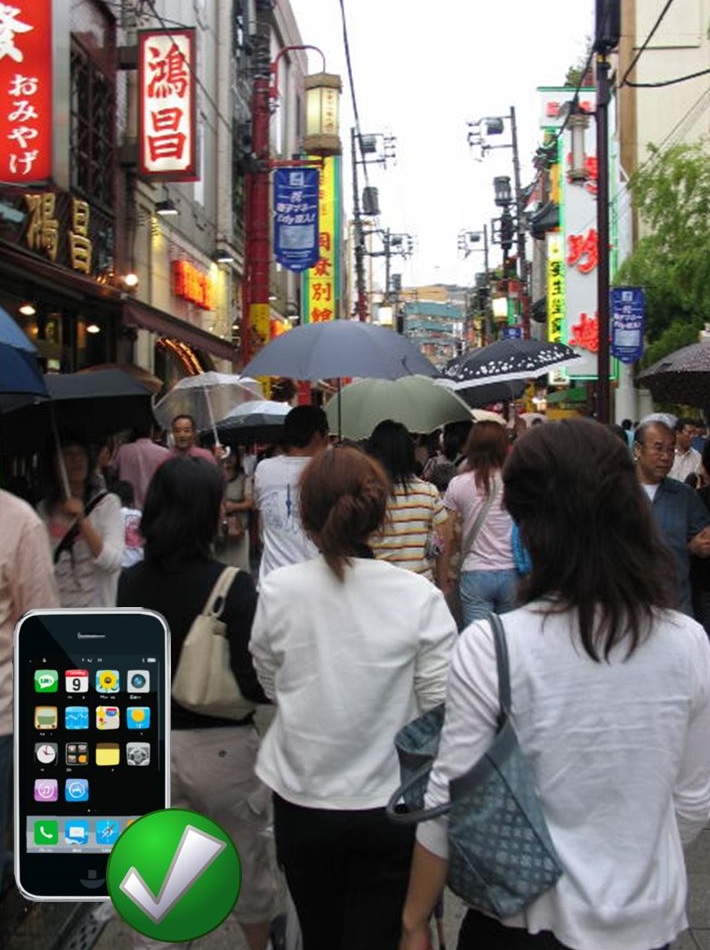Brands are being advised to look to this channel in order to help to considerably increase their sales in that country.
According to a Draftfcb China global study, the adoption of mobile commerce by brands and companies could help them to double or even triple the sales that they are experiencing over the short and medium term future.
The research looked into the data collected by a study in which there were participants from 8 regions.
Participants in the survey lived within one of eight major global economies and were aged from 18 to 64 years old. It was conducted in the second half of 2012 and there were 8,000 respondents to the mobile commerce survey. The countries included the United States, the United Kingdom, India, South Africa, Brazil, Germany, China, and the Middle East.
The results indicated that China was an extremely important player in the mobile commerce ecosystem.
 The survey indicated that among the respondents from China 57 percent of smartphone owners would purchase any type of product using their devices. This was considerably higher than the global average, which was 49 percent. Chinese consumers have become a very important part of smartphone retail shopping, as they live in one of the economies in which the penetration of these devices is the greatest.
The survey indicated that among the respondents from China 57 percent of smartphone owners would purchase any type of product using their devices. This was considerably higher than the global average, which was 49 percent. Chinese consumers have become a very important part of smartphone retail shopping, as they live in one of the economies in which the penetration of these devices is the greatest.
The study showed that China possesses the most active mobile commerce market. In fact, people in that country use their smartphones for more functions overall than in any other country or region represented in the survey. Overall, smartphone users from China were conducting 4.9 different types of activities on their devices every day. Comparatively, the United States was in second place at 4.7 percent, and India conducted 4.4 activities per day.
The research indicated that mobile commerce provides brands with access to most cities in China, even when their stores or products don’t actually have a physical location within them. It also stated that this helps to explain why some of the most common smartphone shoppers are individuals residing in the smaller cities and people in Generation Y, the most digital of all of the adult demographics.
 Retail industry begins devoting more resources to mobile commerce
Retail industry begins devoting more resources to mobile commerce
The retail industry is beginning to respond to the gargantuan success of the mobile commerce sector, especially in the wake of the results of the 2012 holiday shopping season. During the 2012 holidays, more consumers made use of their mobile devices to shop for and purchase products than they ever had before, giving the retail industry a glimpse of the gains they could see by throwing more support behind mobile commerce. Shop.org and Forrester Research have released a new survey that highlights the view retailers have regarding mobile commerce in 2013.
State of Retailing survey highlights the work of retailers
The survey, called “State of Retailing,” shows that more retailers are beginning to shift their resources to better serve mobile consumers. More than 51% of the retailers surveyed noted that one of their top priorities was making sure that their websites and services were optimized to be used on mobile platforms, such as smart phones and tablets. Another 43% identified tablets and other mobile devices as one of their most important priorities, hoping to increase the traffic and commerce they see through these platforms throughout 2013.
Online traffic spikes in 2012
Retailers are reporting that they are seeing more traffic from online sources. This traffic grew in 2012 and is expected to continue gaining momentum well into 2013. Approximately 27% of the retailers surveyed noted that they have major overhauls of their websites planned in the coming year. These retailers are focusing on making their websites more accommodating for mobile consumers.
Retailers must be wary of pitfalls surrounding mobile commerce
While there are certainly major opportunities for retailers in the realm of mobile commerce, it is important for these companies to take time to identify the potential obstacles they may face in catering to mobile consumers. Embracing mobile commerce is a multi-faceted endeavor, and many retailers will likely begin feeling pressure to facilitate actual payments from mobile devices in their physical stores. Moreover, the more companies focus on mobile commerce, especially in the digital space, the less traffic their physical stores may see in the future.
 The survey indicated that among the respondents from China 57 percent of smartphone owners would purchase any type of product using their devices. This was considerably higher than the global average, which was 49 percent. Chinese consumers have become a very important part of smartphone retail shopping, as they live in one of the economies in which the penetration of these devices is the greatest.
The survey indicated that among the respondents from China 57 percent of smartphone owners would purchase any type of product using their devices. This was considerably higher than the global average, which was 49 percent. Chinese consumers have become a very important part of smartphone retail shopping, as they live in one of the economies in which the penetration of these devices is the greatest.
 Retail industry begins devoting more resources to mobile commerce
Retail industry begins devoting more resources to mobile commerce